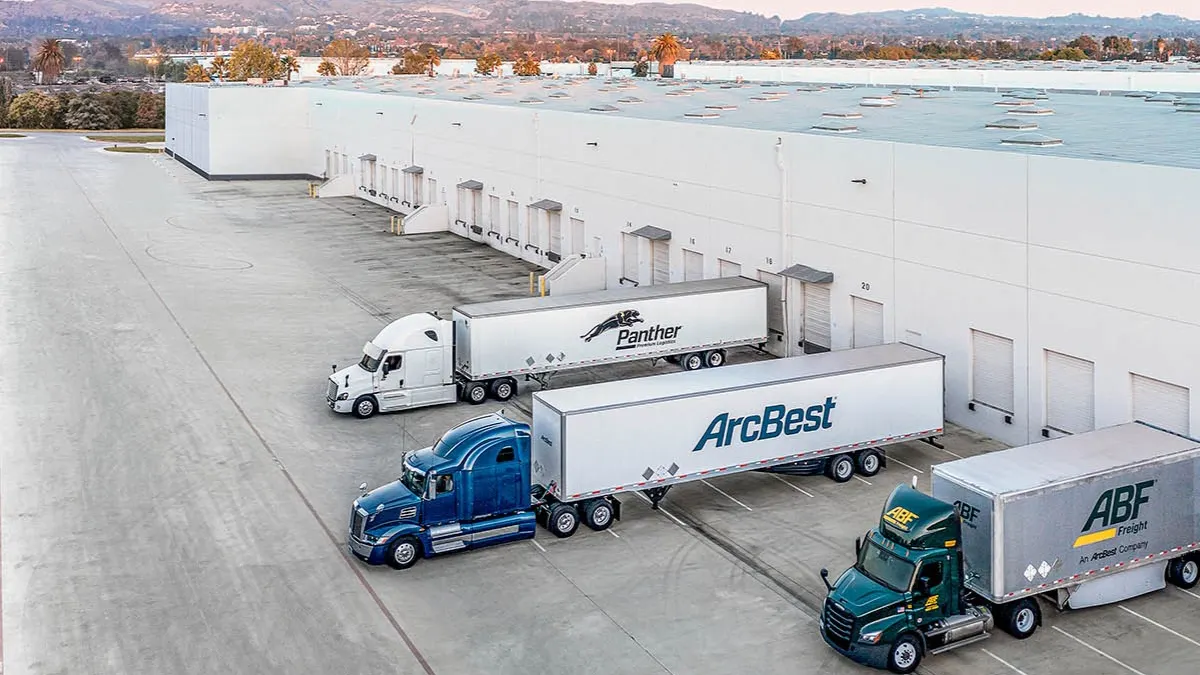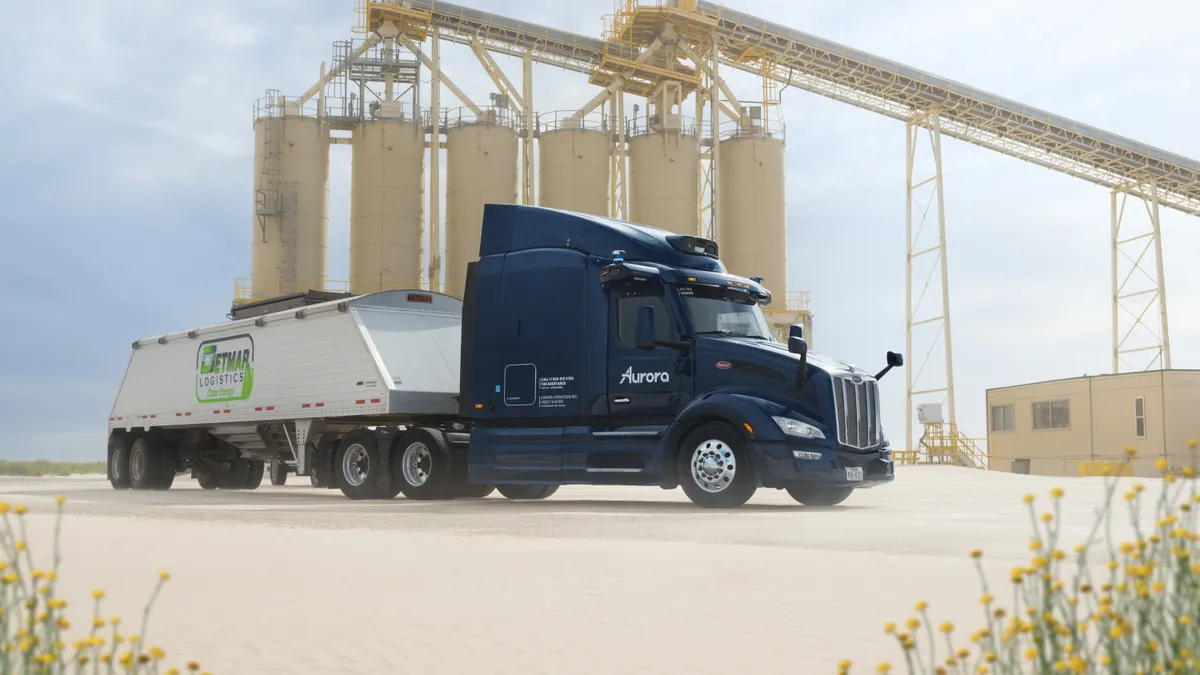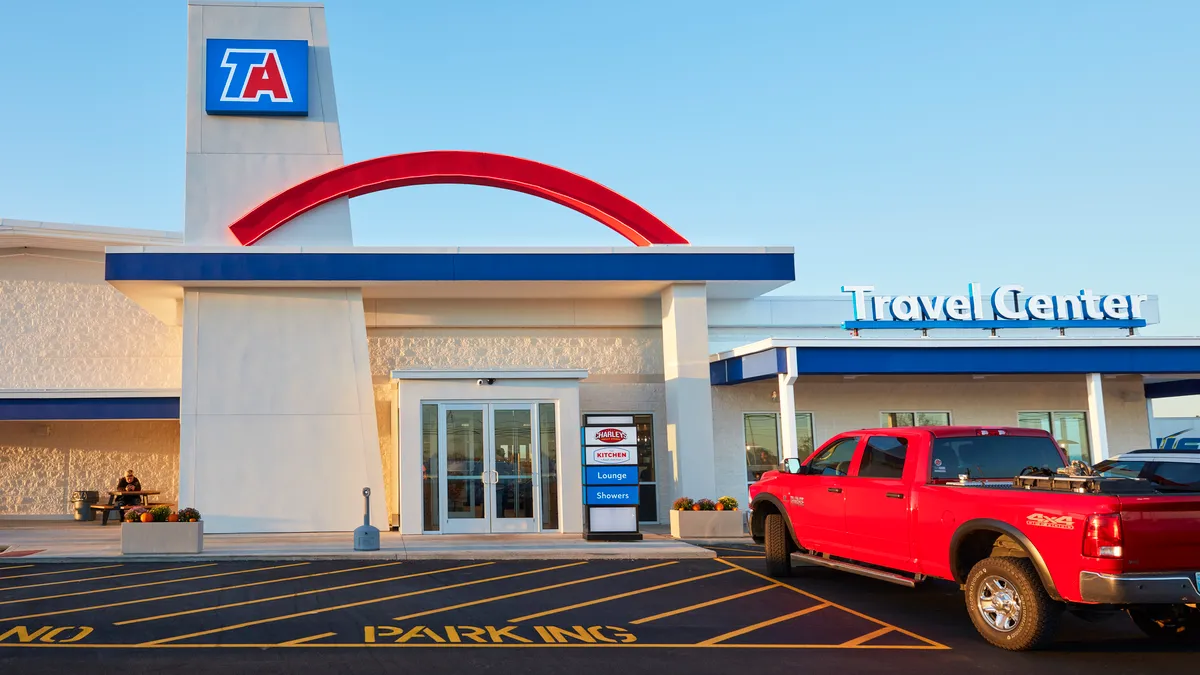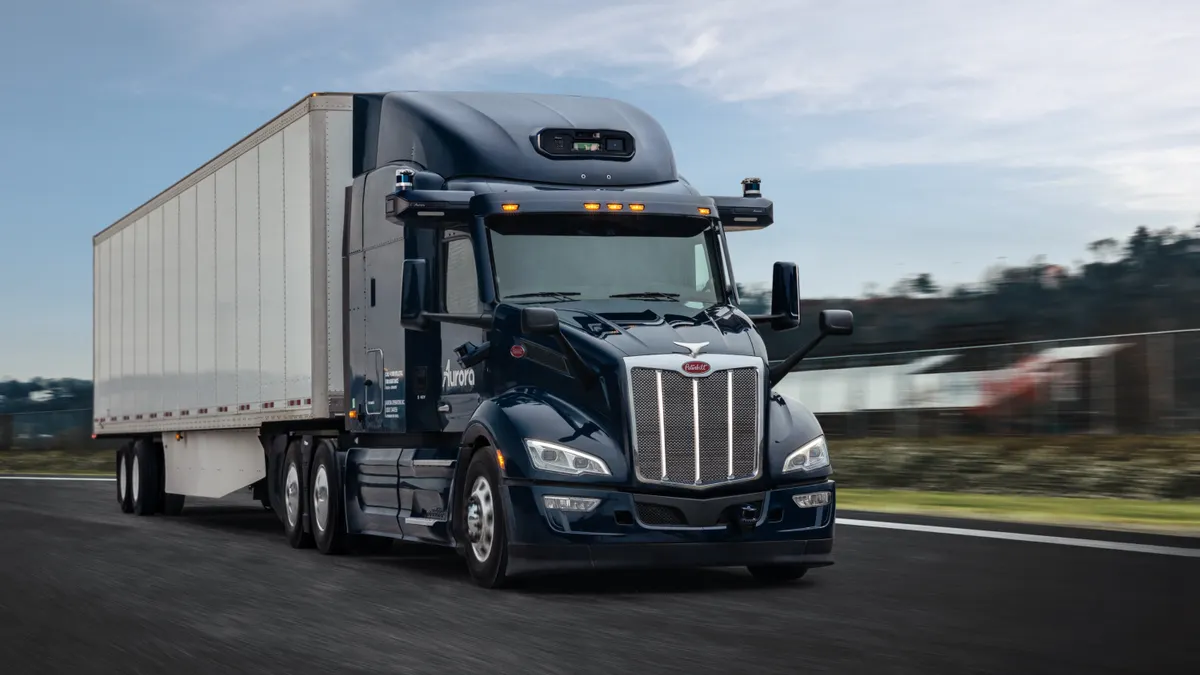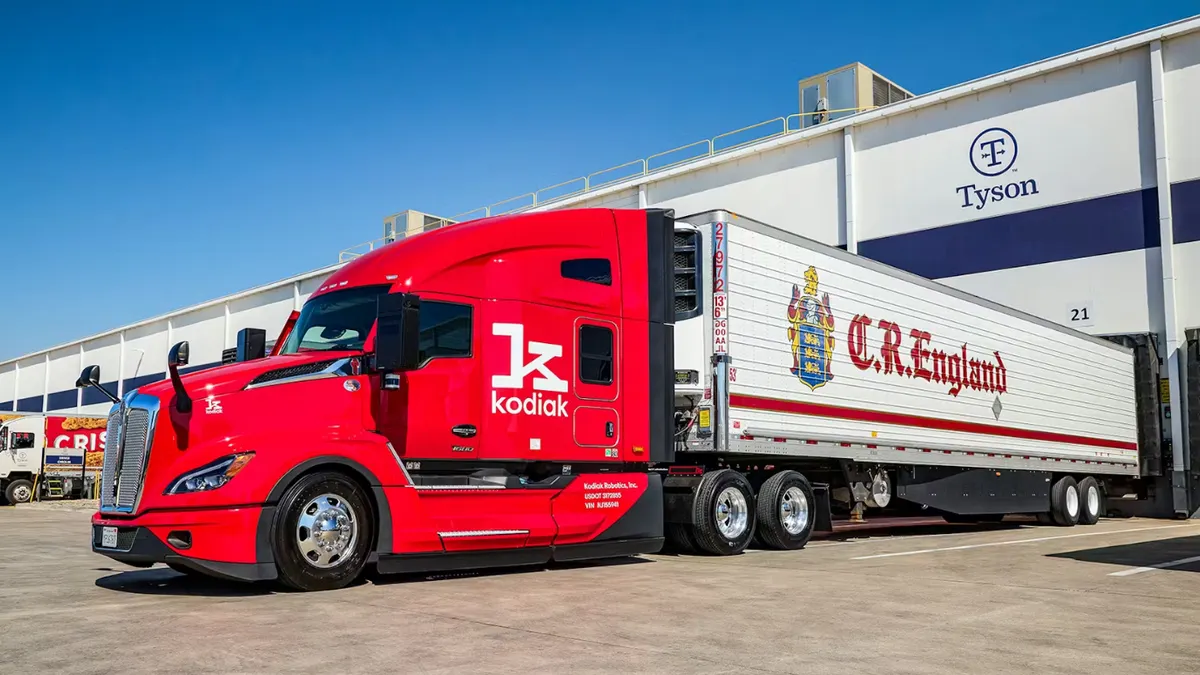This is an opinion piece by Ryan Citron, senior research analyst contributing to Navigant Research's Urban Innovations program. Views do not necessarily reflect those of Transport Dive.
Delivering commercial goods to customers is increasingly expensive and polluting. As a result, a diverse set of suppliers in the transport and logistics ecosystem are developing innovative technologies in three key areas:
- Delivery robots
- Robotic delivery vehicles (RDVs)
- Drones
These technologies present a compelling opportunity to address the high cost and environmental impact of last-mile logistics (LML). They can reduce carbon emissions, road congestion, and operational costs, while satisfying customer requirements for on-demand and hyperlocal delivery. This article examines recent developments with delivery bots and drones and assesses how they are likely to affect the transport and logistics industry.
Delivery bots and drones emerge
Although delivery bots and drones are often thought of as hyper futuristic, these technologies are emerging as realistic LML solutions that are revolutionizing the way high priority goods such as medical supplies and food are delivered.
Key developments for each technology are as follows:
The deployment of delivery bots on university campuses is well underway. California-based startup Kiwi Campus has completed over 70,000 deliveries (e.g., food deliveries, groceries, school supplies) at the University of California, Berkeley since it began operations in 2017. The rapidly expanding business expects to eclipse 1 million deliveries within the next few years.
FedEx, Ford, and Amazon are also developing advanced sidewalk delivery bots, though they are more focused on residential deliveries.
RDVs are being designed and approved for more urban use cases. On-road RDVs are significantly larger than sidewalk bots, may have higher top speeds (25 mph and up), and are expected to be permitted to travel on public roads without a driver.
One of the key companies pioneering the transition to RDVs is Mountain View, California-based Nuro. In February 2020, Nuro was granted a Federal Motor Vehicle Safety Standards exemption from the US Department of Transportation for its second-generation R2 vehicle. The robotics company has developed key partnerships with Kroger and Domino's Pizza since 2018. It now has regulatory certainty around producing and deploying up to 5,000 vehicles over two years. The vehicles lack mirrors, a steering wheel, pedals, and other traditional features previously required on motor vehicles.
Trials and regulatory approvals for delivery drones are gaining momentum around the world. Major global firms in the logistics industry have developed dedicated spinoff delivery drone companies such as UPS (UPS Flight Forward), Alphabet (Wing Aviation), Amazon (Prime Air), and Uber (Uber Elevate).
UPS Flight Forward has completed more than 1,500 revenue-generating drone deliveries since March 2019 as part of the hospital delivery program at WakeMed Hospital in Raleigh, North Carolina. The company is targeting hundreds of additional campuses in the country that are now available thanks to the Part 135 certification UPS obtained from the Federal Aviation Administration in October 2019.
Effects on the trucking and logistics industries
As technologies continue to develop and become more widespread, expect the transport and logistics industry to be effected in the following ways:
- 30-minute delivery windows
"When we have a full drone fleet, you'll be able to order anything and get it in 30 minutes if you live near a hub that's serviced by drones," Amazon's CEO of Worldwide Consumer Jeff Wilke said to CNN Business in 2019. Although the earliest commercially viable uses of drones are used for same-day deliveries, 30-minute windows could become a reality if the supporting infrastructure for drone-specific fulfillment centers is deployed. Consumers would likely need to live within 7-8 miles of the fulfillment center because Amazon's MK27 drones have a range of about 15 miles per charge.
- Bots and drones displace hundreds of millions of truck deliveries
Through the success of startups like Kiwi Campus and Starship Technologies, delivery bots have completed hundreds of thousands of deliveries globally. As these startups expand operations, and major companies such as FedEx and Amazon further develop their programs, sidewalk bot deliveries are likely to grow into the millions over the next 3 to 5 years.
As more companies are granted legal status to operate RDVs on public roads without a driver, expect these vehicles to have strong long-term applicability to urban use cases, displacing hundreds of thousands, or more likely, millions of deliveries in city centers over the next decade. With 85% of Amazon's packages weighing less than 5 pounds (and thus potentially applicable to drone delivery), the biggest displacement of truck deliveries will likely be from drones. Navigant Research estimates that 426 million packages will be delivered globally by drone, including 92 million packages in North America, by 2030.
- Local commerce and user experience will transform through on-demand store hailing
Delivery bots, RDVs, and drones could enable small businesses to better compete with big box stores and online shopping. If these technologies offer local shops the ability to send food, clothing, and other products to their local communities within a few hours or less of purchasing, the demand for products from major retailers could drop. Collectives of local stores could also partner to purchase delivery bots and drones. Additional business models such as on-demand store hailing from companies such as Robomart, Inc. could bring local grocery and specialty stores to the doorsteps of nearby consumers. If companies such as Robomart and Nuro offer mobile stores that can be hailed at a moment's notice user experience would be completely transformed, and create an entirely new business model.
- Each technology will satisfy different use cases.
Expect a role in LML for all three advanced logistics technologies. However, their applicability will vary substantially based on the use case. In the near term, sidewalk bots are most applicable to campuses, RDVs to urban environments, and drones to campuses and rural areas.
- LML will be more efficient and sustainable.
Delivery bots and drones are forming a key part of many logistics companies' strategic goals for sustainable package delivery. The current model of delivering mostly low-weight goods with heavy gasoline-powered vehicles is highly inefficient and unsustainable. Delivery bots and drones weigh far less than trucks and vans, and use less and cleaner power sources.
According to researchers at Carnegie Mellon University and the Lawrence Livermore National Laboratory, package delivery with small drones in California would reduce greenhouse gas emissions by 54% compared with delivery with trucks.





